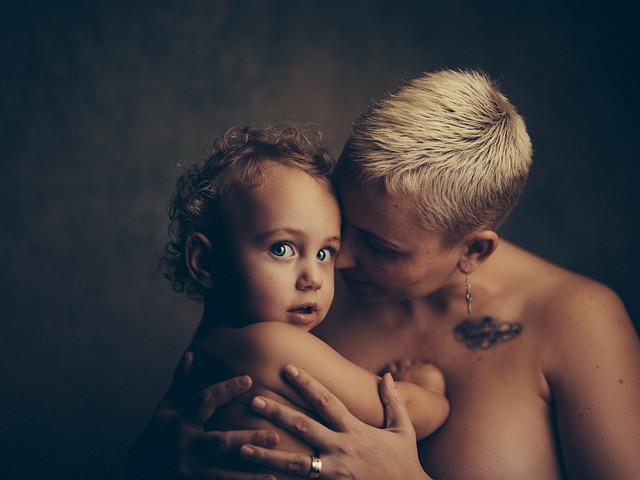After divorce or separation, navigating custody arrangements and implementing co-parenting strategies are key for children's well-being. Shared custody tips involve open communication, mutual respect, and peaceful conflict resolution through joint custody guidelines and custody mediation tips. Effective co-parenting communication ensures stability by sharing responsibilities, making cooperative decisions, and addressing disagreements constructively. This collaborative approach respects child custody rights and creates a positive environment for children's emotional well-being.
Navigating custody arrangements post-divorce can be complex. This article provides professional guidance on legal rights and responsibilities in custody cases, focusing on crucial aspects like understanding custody arrangements, implementing healthy co-parenting strategies, and mastering shared custody tips. We explore joint custody guidelines, effective communication, conflict resolution techniques, and valuable custody mediation tips to foster positive parenting plans after divorce. By delving into these essential topics, parents can create a supportive environment for their children during and after legal proceedings.
Understanding Custody Arrangements: Rights and Responsibilities
When it comes to understanding custody arrangements, knowing your rights and responsibilities is paramount. In many cases, especially following a divorce or separation, parents are faced with the important task of creating a parenting plan that outlines how decisions will be made regarding their child’s care. This involves a careful consideration of both physical and legal custody, as well as visitation rights. The goal should always be to establish a routine that is in the best interest of the child, fostering stability and emotional well-being.
Co-parenting strategies are crucial here, especially when aiming for shared custody tips. Effective co-parenting communication involves open dialogue, respect for each other’s decisions, and a commitment to resolve conflicts peacefully. Joint custody guidelines suggest a collaborative approach where both parents share responsibilities equally, promoting the child’s sense of security. In cases where mediation is required, understanding custody mediation tips can help streamline the process, ensuring a more harmonious transition.
Co-parenting Strategies for a Healthy Environment
In the aftermath of a divorce or separation, establishing effective custody arrangements and implementing co-parenting strategies are essential for fostering a healthy environment for the children involved. Shared parenting plans require open communication and mutual understanding between ex-spouses to ensure stability and continuity in the child’s life. One crucial aspect is effective co-parenting communication, which involves clear, respectful, and consistent dialogue regarding decisions related to the child’s upbringing. This includes discussing school, healthcare, extracurricular activities, and major life events.
Conflict resolution in co-parenting is another vital skill. Disagreements are inevitable, but professionals suggest using custody mediation tips to address conflicts constructively. Joint custody guidelines should be followed to ensure both parents have equal say in significant decisions without undermining each other’s authority. This collaborative approach promotes a sense of security and stability for the children, allowing them to thrive in a post-divorce family structure.
Shared Custody Tips: Balancing Parental Time
In situations where parents agree on a shared custody arrangement, one of the key challenges is balancing each parent’s time with the child(ren). Effective co-parenting strategies are essential to ensure a smooth transition between households and maintain stability for the children. Co-parents should create a detailed parenting plan that outlines specific schedules, ensuring equal or nearly equal time for both parents. Flexibility is crucial; considering work schedules, personal commitments, and the child’s needs can help avoid conflicts and foster a cooperative environment.
Joint custody guidelines often emphasize open communication as a key component to resolving disputes amicably. Regular meetings or video calls can keep both parents informed about significant events in the child’s life. Conflict resolution techniques should be implemented to address any disagreements regarding care, education, or activities. Custody mediation tips encourage parents to prioritize the child’s best interests and focus on cooperative decision-making rather than adversarial outcomes.
Effective Communication & Conflict Resolution in Co-parenting
Maintaining open and honest communication is vital when it comes to effective co-parenting strategies after a divorce or separation. Co-parents must set aside personal feelings and conflicts to focus on the best interests of their children, especially regarding custody arrangements and parenting plans. Joint custody guidelines encourage shared responsibilities, allowing each parent to actively participate in their child’s life. This includes making important decisions together, sharing information about school and extracurricular activities, and ensuring consistent routines.
Conflict resolution is a key aspect of successful co-parenting. When disagreements arise, parents should opt for mediation or counseling to address issues constructively. Effective co-parenting communication involves active listening, clear expression of needs, and empathy towards the other parent’s perspective. By adopting these shared custody tips, ex-partners can foster a cooperative environment, navigate custody arrangements smoothly, and create a stable home life for their children, regardless of their own relationship status.
Navigating the complexities of custody arrangements following a divorce requires a deep understanding of both parental rights and responsibilities. By implementing effective co-parenting strategies, adopting shared custody tips, and prioritizing open communication, former partners can foster a healthy environment for their children. Conflict resolution techniques are essential tools in this process, ensuring that parenting plans after divorce are mutually agreed upon and tailored to the best interests of the child. Through collaborative efforts and guidance from professionals, achieving joint custody guidelines becomes a manageable step towards a brighter future for both parents and their children.
